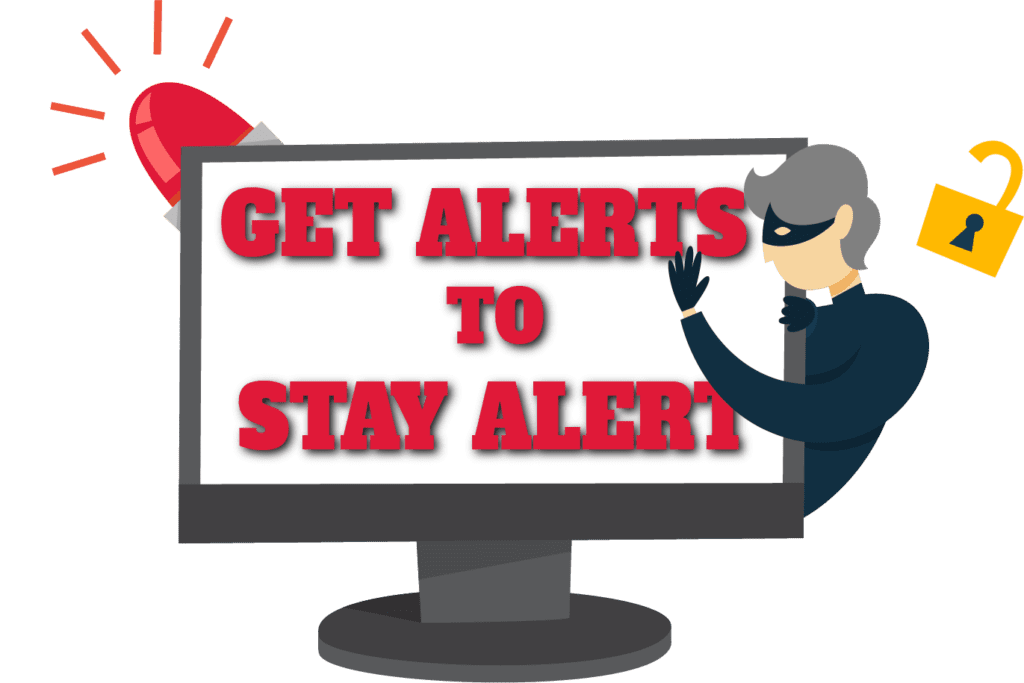Buy and Sell Scam
Beware of selling goods or services online. Fraudsters often send a generic message that expresses interest in purchasing the product or service without seeing it first and they offer to pay above the asking price in order to pay for the additional shipping costs. If the seller agrees, the seller may receive a fraudulent payment (e.g. counterfeit cheque), a compromised credit card payment, or a fake email that states that the payment is pending and that the payment will be processed only if the seller provides the tracking number to the fraudulent buyer. Payment is never received from the fraudulent buyer.
SPOT THE SCAM
Buy and Sell Scam Clues-
Be careful of products or services that are being sold at a very reduced price.
-
Scan the ad for spelling mistakes or referring to the product or service being listed as “the item” or “the service”.
-
Beware of potential buyers (who are likely in another country) that are interested in buying a product you are selling without seeing it first.
-
Beware of buyers who are offering to give you more for a product or service than you are asking for.
-
Beware of urgent messaging.
STOP THE SCAM
Buy and Sell Scam Defence-
Know the market value or the average price that a product or service is being sold for.
-
Find and verify the contact information of a buyer or seller before you buy or sell.
-
When purchasing a product, check reviews and ratings of the product and or seller.
-
When making a purchase, use a payment method that has fraud protection (e.g. pay by credit card).
-
When possible, exchange items and deal with payment in person.
-
Review the legitimacy of the buyer or seller.
-
Never send money to get money.
-
Check online to see if the buyer or seller has been reported as fraudulent.
NOW IT’S YOUR TURN!
TEST YOUR DEFENCE AGAINST THE ANIMAL/PET SCAM
Quiz Summary
0 of 3 Questions completed
Questions:
Information
You have already completed the quiz before. Hence you can not start it again.
Quiz is loading…
You must sign in or sign up to start the quiz.
You must first complete the following:
Results
Results
0 of 3 Questions answered correctly
Time has elapsed
Categories
- Not categorized 0%
-
Great effort! Remember this is an opportunity to learn in a safe environment and at your own pace. You can go back and try the quiz again or proceed to the next lesson.
-
Keep up the momentum! You’ve almost got this scam pinned down. You can go back and try the quiz again or proceed to the next lesson.
-
Amazing! You’re a super sleuth at spotting and stopping this scam. There’s a lot more to learn so why not continue to the next lesson?
- 1
- 2
- 3
- Current
- Review
- Answered
- Correct
- Incorrect
-
Question 1 of 3
1. Question
Buy and sell scammers often list items or services at a lower than average price, pressure interested buyers to send money over immediately, and tell interested buyers that multiple payments must be sent to the seller before the buyer pays for and receives the item or service.
CorrectIncorrect -
Question 2 of 3
2. Question
Fradulent buyers often offer to purchase an item or service for a value greater than at which it is listed. Fraudulent sellers often advertise an item or service at a value that is lower than the item or service’s market value.
CorrectIncorrect -
Question 3 of 3
3. Question
When planning on doing the exchange of goods between a buyer and a seller, you should never
CorrectIncorrect
